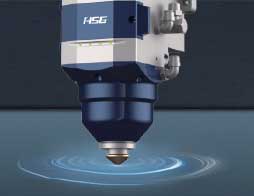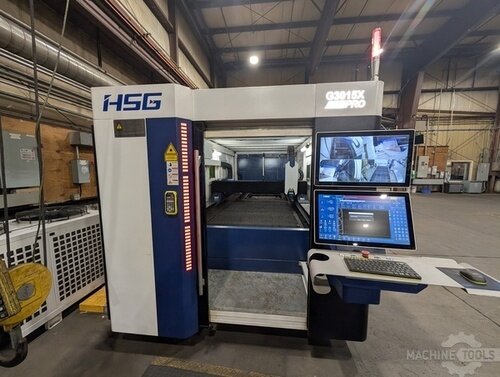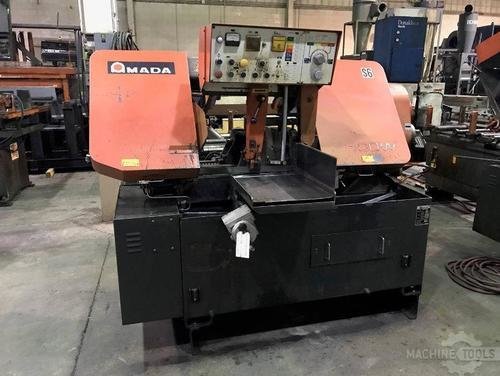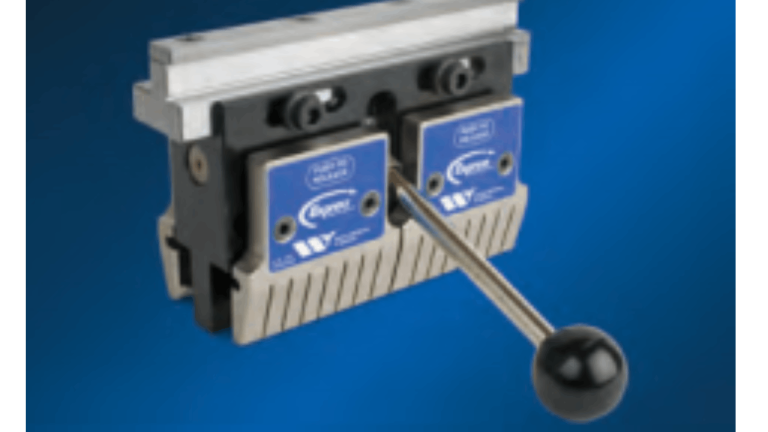When I visit shops across the region, I see firsthand how the right press brake can transform a fabrication business. For over a decade, I’ve worked with fabricators of all sizes, helping them pinpoint not just a machine but a solution that aligns with their goals—whether that’s ramping up output, improving precision, or reducing setup times. Every consultation is a chance to listen, understand the real bottlenecks, and recommend an upgrade that delivers measurable gains. It’s not just about selling a press brake. It’s about ensuring your investment works for you, day in and day out.
Understanding Your Fabrication Needs: Aligning Press Brake Choice with Real-World Goals
Before diving into specs and features, I always ask customers to define their production goals. Are you running high-mix, low-volume jobs with frequent changeovers? Or are you pushing out large batches of identical parts? Your answer influences which press brake technology will best serve your business. Electric press brakes, for example, shine in precision work and rapid part cycling, making them ideal for shops focused on accuracy and repeatability in smaller batches.
Hydraulic models, on the other hand, are known for their brute force and versatility. If you regularly bend thick materials or need a workhorse that can handle a wide range of applications, a hydraulic press brake is often the most cost-effective choice. Hybrid press brakes bridge the gap, offering energy savings and improved accuracy while still providing the muscle needed for demanding jobs. Matching the right machine to your workload is the first step toward maximizing ROI and efficiency.
Comparing Electric, Hybrid, and Hydraulic Press Brakes: Performance and Productivity Insights
Electric press brakes have gained popularity for their exceptional speed, low energy consumption, and precise control. Their servo-driven systems allow for fast approach and return speeds, which translates to higher throughput on jobs that require numerous bends. They also tend to be quieter and require less maintenance, which can lead to significant savings over time.
Hybrid press brakes combine the best aspects of electric and hydraulic systems. By using servo drives to control hydraulic pumps, hybrids deliver high efficiency with the power needed for thicker materials. This makes them a great choice for shops that value both performance and energy savings. Traditional hydraulic press brakes remain the go-to for heavy-duty applications, offering unmatched tonnage and durability. However, they may not match the cycle speeds or energy efficiency of newer technologies. The key is to weigh your typical part mix, thicknesses, and production volumes when selecting a machine type.
Evaluating ROI in Press Brake Investments: Beyond the Purchase Price
The true cost of a press brake extends well beyond the sticker price. I encourage customers to consider total cost of ownership, which includes energy usage, maintenance, tooling compatibility, and operator training. Electric and hybrid models tend to have lower operating costs due to reduced power consumption and fewer hydraulic components to maintain. Over time, these savings can offset the higher initial investment.
Another important factor is productivity. Faster setup times, improved accuracy, and integration with offline programming can all contribute to more parts per shift and fewer rejects. Think about your workflow: will a faster, more precise press brake help you take on more work or reduce overtime? These productivity gains feed directly into your ROI calculations, often tipping the scale in favor of a more advanced machine.
1990 Accurpress 7606
- Capacity: 60 T x 72″
- Weight: 6,000 lbs.
- Dimensions: 84″L x 40″W x 70″ H
- Ram stroke: 8″
1992 Accurpress 750024
Integrating Press Brakes with Laser Systems and Tooling for Workflow Efficiency
Today’s fabrication shops run lean and fast, so seamless integration between press brakes, laser cutting systems, and tooling is critical. When your press brake communicates with your laser and offline programming software, you minimize manual input and errors. This connectivity is especially important when producing complex assemblies or when quick turnarounds are essential.
Upgrading tooling alongside your press brake can further boost efficiency. Modern precision-ground tooling, automatic tool changers, and angle measurement systems reduce setup times and ensure consistent results. I work closely with customers to develop integrated solutions—sometimes even recommending staged investments in both laser and press brake technology to maximize throughput without sacrificing flexibility.
Maximizing Uptime and Service Support: What to Expect from Your Equipment Partner
No matter how advanced your press brake, downtime can quickly erode your returns. That’s why I stress the importance of choosing an equipment partner who stands behind their machines with robust service, training, and spare parts support. At Mac-Tech, we view every sale as the start of a long-term relationship. Our field service team is just a phone call away, and we prioritize rapid response to keep your shop running.
Preventive maintenance and operator training are equally critical. Investing in regular checkups and refresher courses helps avoid costly breakdowns and ensures your team is using the equipment to its fullest potential. When you select a press brake, make sure your partner offers the training, support, and resources you need to protect your investment and keep your production line moving.
Frequently Asked Questions
How do I determine which press brake type is best for my shop?
Start by evaluating your typical part mix, material thicknesses, and production volumes. Consult with an equipment expert to match machine capabilities to your specific needs.
Are electric press brakes more expensive to maintain than hydraulic models?
Generally, electric press brakes have lower maintenance costs due to fewer moving parts and no hydraulic fluid requirements.
Can I integrate my existing laser system with a new press brake?
Most modern press brakes can be integrated with laser cutting systems for streamlined workflows, especially when using compatible software platforms.
What is the expected ROI timeframe when upgrading to a hybrid press brake?
Many shops see ROI within 1–3 years, depending on energy savings, increased productivity, and reduced scrap rates.
Is operator training included with a new press brake purchase?
At Mac-Tech, comprehensive operator training is included with every new press brake to ensure safe and efficient operation.
How important is tooling selection in maximizing press brake efficiency?
Tooling has a significant impact on setup times and bend quality. Investing in high-quality, precision tooling can greatly enhance overall efficiency.
Get Weekly Mac-Tech News & Updates







